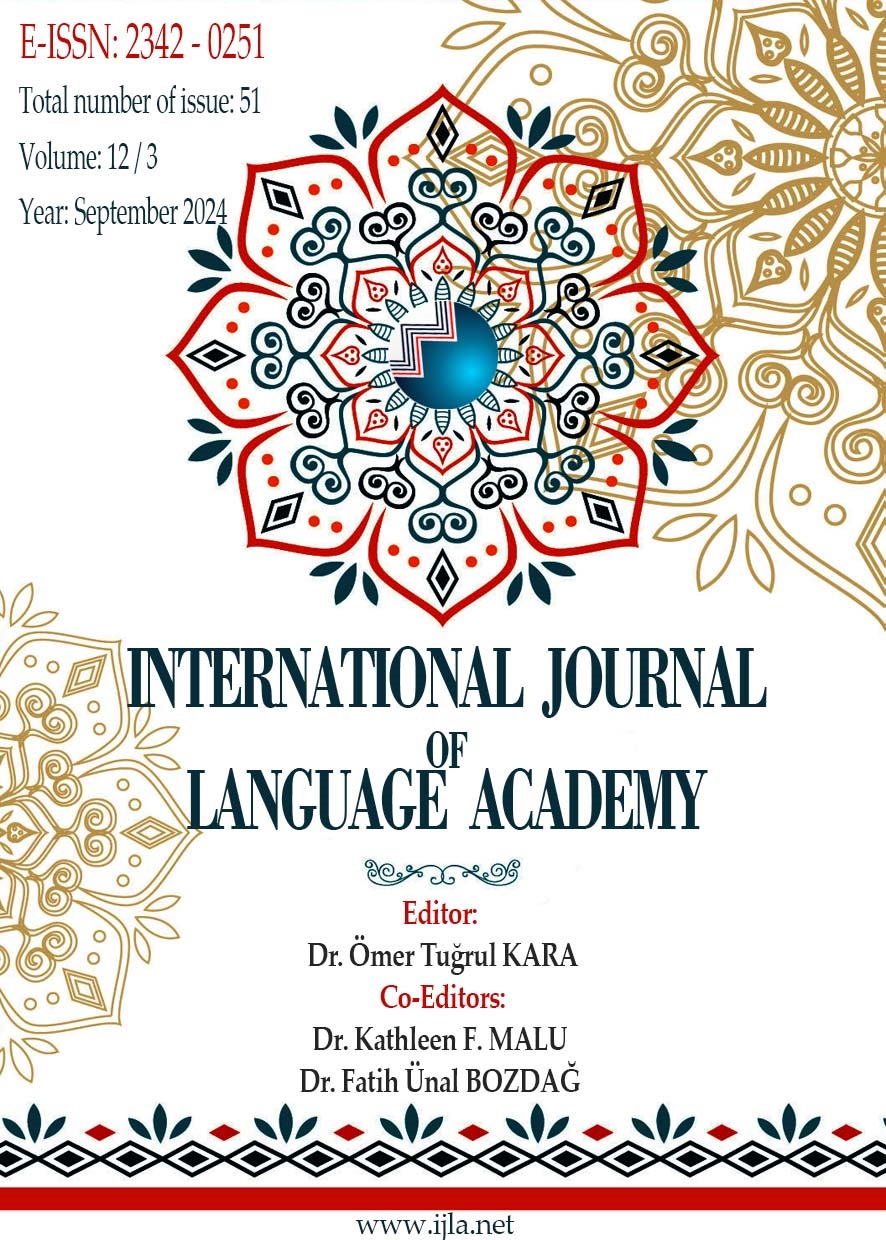INITIATION, RESPONSE AND FEEDBACK PATTERN IN CLASSROOM DISCOURSE ANALYSIS AT AN ENGLISH PREPARATORY PROGRAM: TURKEY CASE
Author :
Abstract
Keywords
Abstract
The initiation, response, feedback (IRF) pattern (Sinclair & Coulthard, 1975) is a widely used technique in classroom discourse. The pattern has been criticized for being overly formulaic and limiting. However, newer studies have highlighted the variety of purposes that it may serve. In order to better grasp how the teacher and students utilize this pattern, this study aims to investigate the initiation-response-feedback (IRF) pattern, feedback types, communication strategies, and student-teacher talk in an English Preparatory School classroom at a university in Turkey. Conversational Analysis is employed as the research approach. The data is obtained through the transcription of a voice recording in a class having 7 Pre-Intermediate students and analyzed based on the SETT framework proposed by Walsh (2001). The results show that the most commonly followed patterns in the class are IRF, IRFF, IR, and II. Also, there are a variety of feedback types such as peer feedback, self-correction, descriptive feedback, confirming feedback, recast, explicit correction, elicitation, metalinguistic clues, clarification requests and repetition with intonation. In addition, as a strategy, code-mixing and code-switching between Turkish and English are also occasionally practiced. Teacher-talk and student-talk are also balanced; neither of them outnumbers the other one dramatically. Moreover, as opposed to the general belief, there are significant numbers of student-initiated IRF patterns or other different patterns. Furthermore, again significant numbers of the feedback provided by students include self-feedback, which is also called self-correction or self-reflection. With the help of the excerpts extracted from the transcription of the audio recording, IRF patterns, feedback types, communication strategies, and teacher and student talk are demonstrated in the study.





